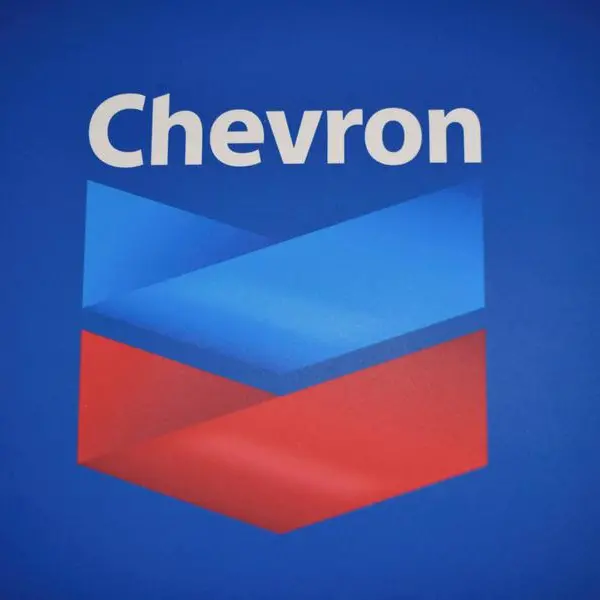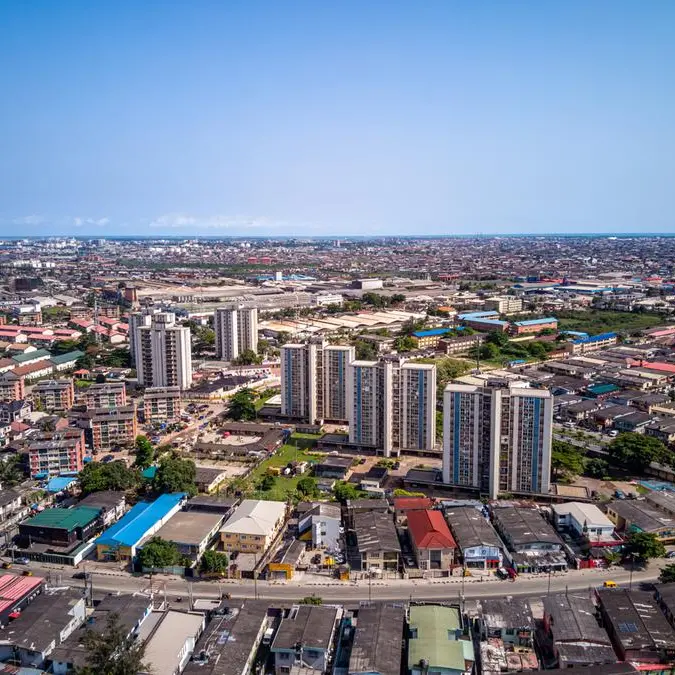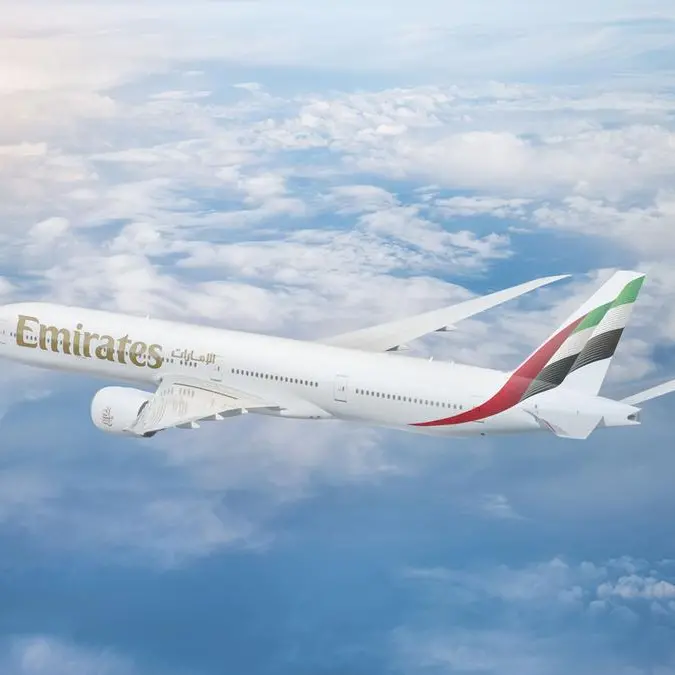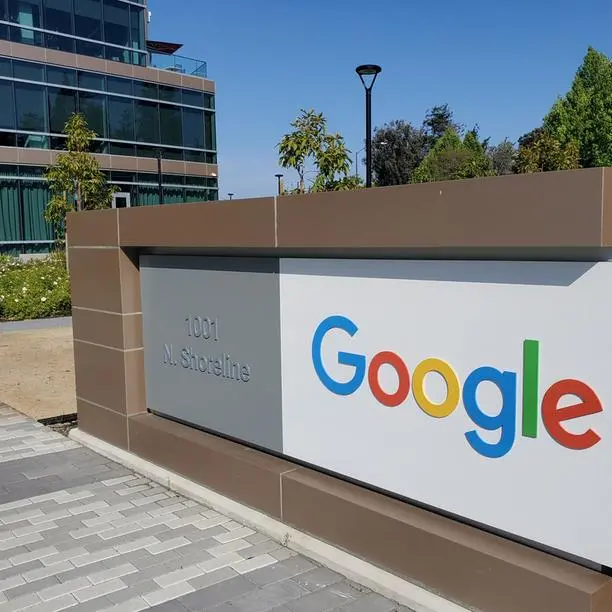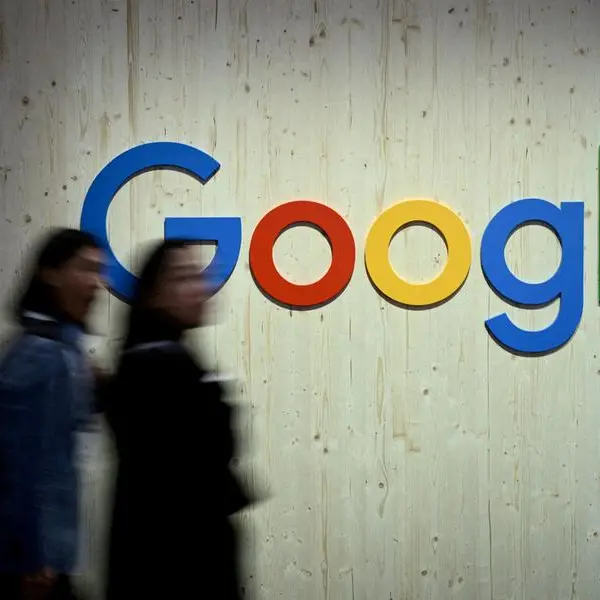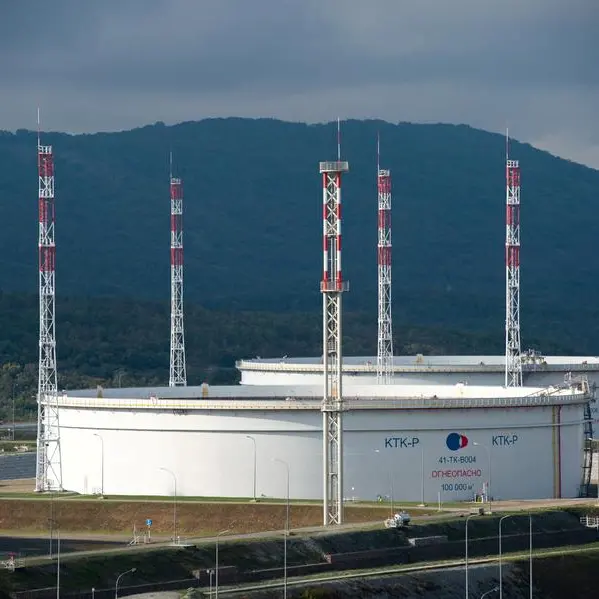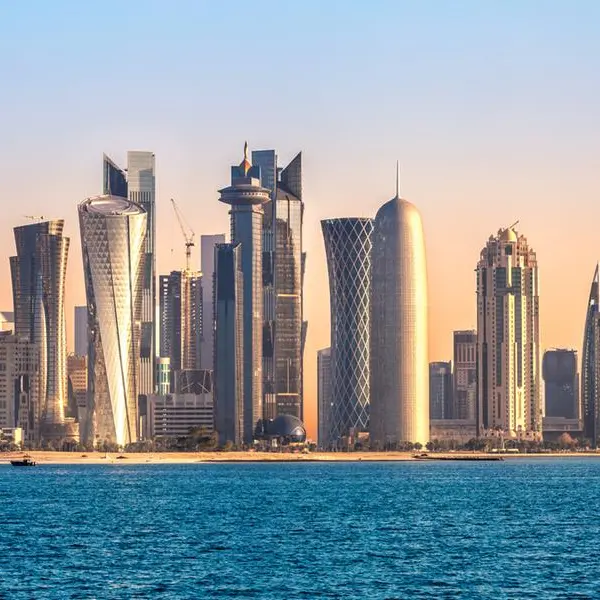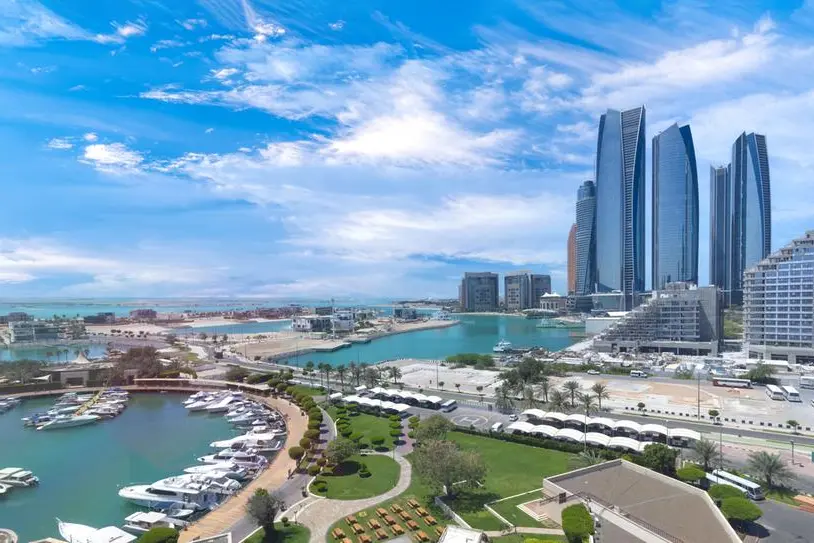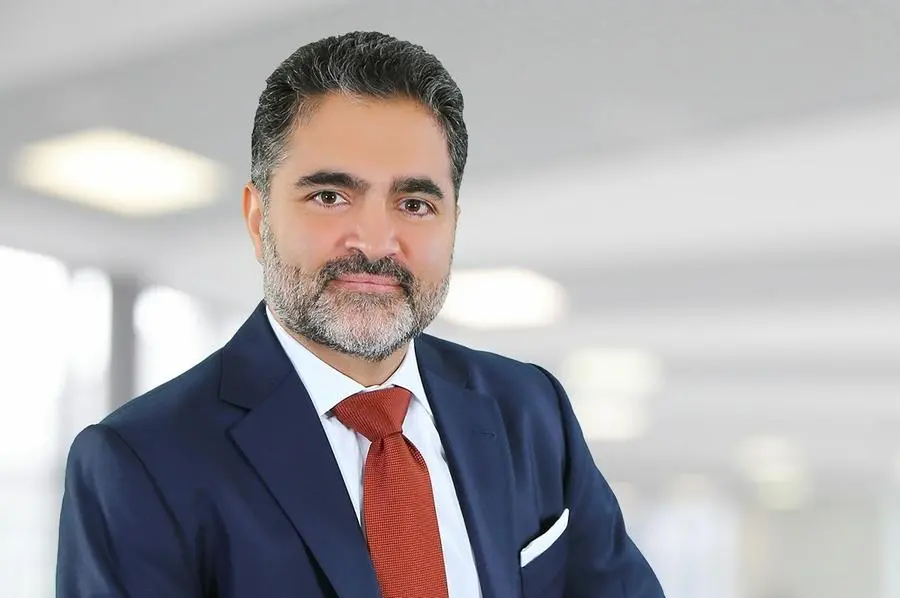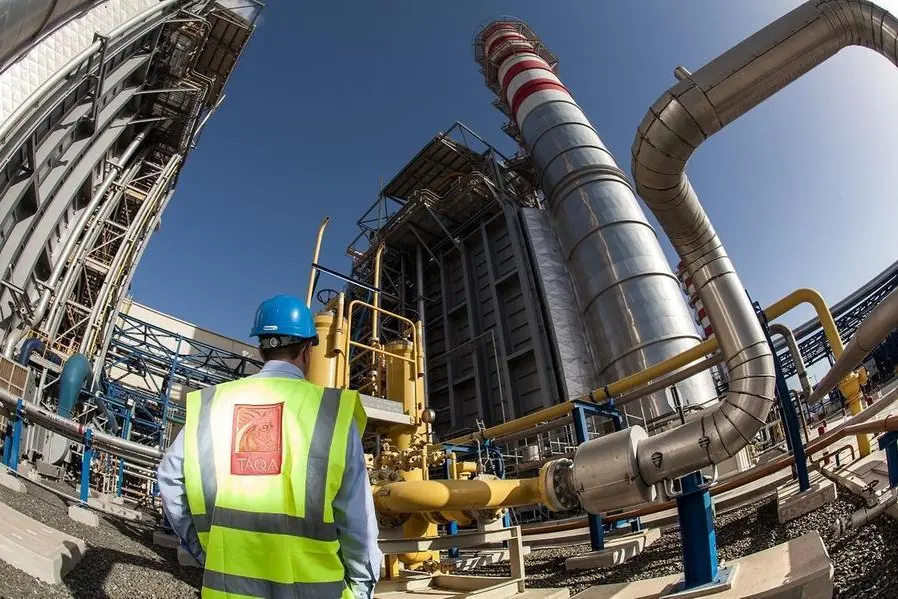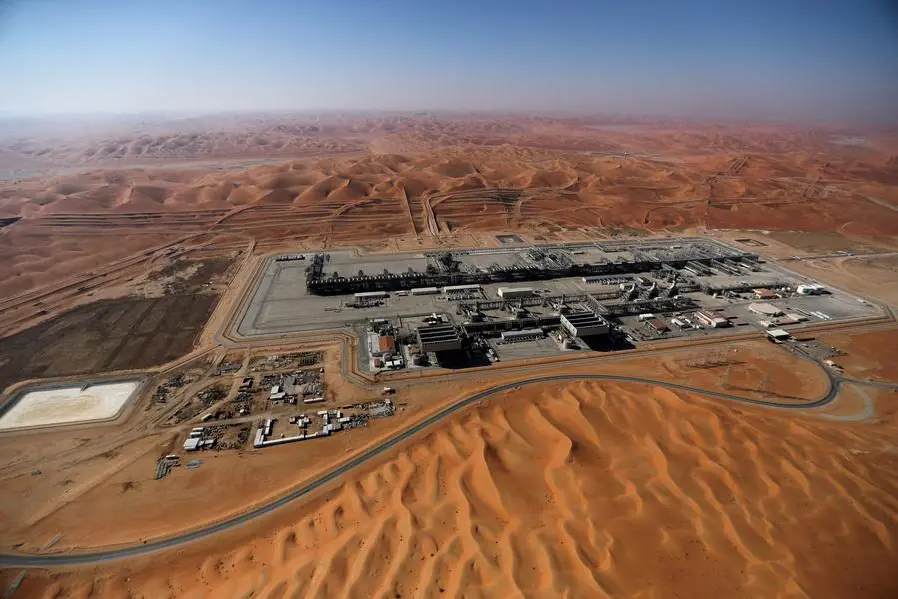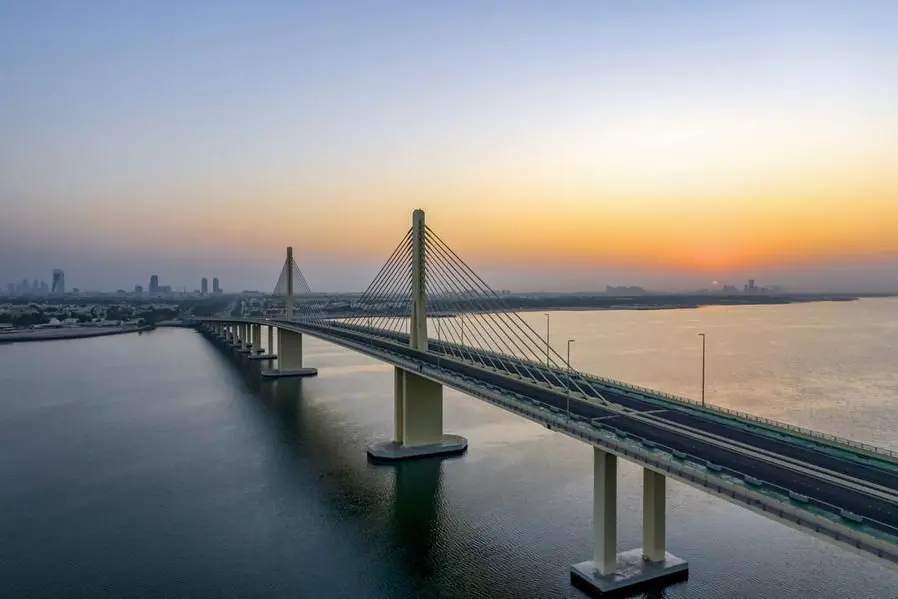According to the latest edition of Ericsson Mobility Report, the region is anticipated to evolve over the forecast period. By 2027, 81 per cent of subscriptions are expected to be for mobile broadband with 4G being the dominant technology, accounting for 45 per cent of subscriptions at that time. This will be a decline from a peak of 50 per cent in 2026, as subscribers migrate to 5G. The region is likely to reach close to 210 million 5G subscriptions in 2027, representing 25 per cent of total mobile subscriptions.
Oman’s, in fact the GCC’s ICT industry has never seen anything like the journey to 5G. The GCC countries are among the most advanced ICT markets in the world — 91 per cent of mobile subscriptions are estimated to be for mobile broadband at the end of 2021, and this is projected to reach 96 per cent in 2027. 4G is the dominant technology, accounting for about 80 per cent of the subscriptions at the end of 2021. However, with 5G adoption accelerating in the forecast period, the majority of mobile subscriptions are anticipated to be for 5G at over 65 million in 2027, representing 80 per cent of total mobile subscriptions.
As one of the fastest generations of cellular technology to be deployed globally, we expect to see it make a profound impact within Oman. 5G presents an incredible opportunity for Oman’s operators to reap the rewards of new use cases and offer services that generate revenue growth. Now is the time for operators to utilise their market-leading technologies to develop solutions that empower people and businesses. 5G will introduce new capabilities that will allow operators to develop new use cases, applications, services and revenue streams, towards consumer, enterprise and different industries and markets. Oman’s service providers must increase investment to dramatically improve coverage, reliability, and speed across nationwide networks to launch 5G mobile networks.
The first use cases of 5G enhanced mobile broadband bringing better experience for smartphone users and fixed wireless access, providing fiber speeds without fiber to home. Consumers will get a faster, more stable, more secure connection — along with new services. Looking more closely at the GCC countries, data traffic per smartphone is expected to be the highest globally at the end of 2021 at 22GB per month. By the end of the forecast period, it is expected to reach an average of 46GB per month. Here, it is important to note that consumers have extremely high expectations of mobile broadband performance. They expect to be able to stream videos seamlessly wherever they are, regardless of how many others are trying to do the same. Upgrading to 5G could bring rapid relief to consumers suffering from capacity constraints in their networks.
When service providers deploy 5G, consumer satisfaction will depend on consistent and effective network evolution. With Ericsson, service providers can switch on 5G on low bands using their existing Ericsson Radio System radio and baseband and share spectrum between 4G and 5G carriers based on traffic demand. And with Ericsson’s new Massive MIMO radios, operators can build their 5G network with precision. Advantages of 5G include improved speed, lower latency, increased capacity, and greater flexibility in segmenting use cases based in enterprise usage.
The question is, will consumers eventually pay for these? A shift towards service-based pricing or perhaps creating a sense of the unlimited, could be a savvy move by carriers, as the transition to 5G ultimately will not involve consumers paying per gigabyte but rather an unlimited future. Consumers see the potential in 5G. However, how the ecosystem will develop and capitalise on these consumer realities remains a mystery. Who will curate new 5G experiences, forge partnerships, create new devices and capture additional revenue as a result? With the field opening up, it remains to be seen if operators will drive this development. As 5G now hits the market in the Sultanate of Oman, its coverage build-out and uptake in subscriptions is expected to be faster than for previous generations. At the same time, cellular IoT continues to grow strongly. As networks mature and ecosystems evolve, operators need to become increasingly agile to achieve the goal of profitable growth.
2022 © All right reserved for Oman Establishment for Press, Publication and Advertising (OEPPA) Provided by SyndiGate Media Inc. (Syndigate.info).

